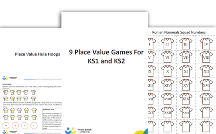Making Maths Lessons Fun – Is It The Best Way To Encourage Learning?
Making maths ‘fun’: we’ve all been there. We’re about to introduce a new concept to our pupils and we really want to make it stick. So, what do we do? We craft a lesson that we think will lodge itself securely in our pupils’ memories.
Something fun… Maybe a board game-based lesson? What about some over-elaborate resources designed to impress the children? Or how about something really exciting to stimulate the senses?
During our teaching careers, we have both used these kinds of strategies – always with the best of intentions. In fact, one of us even had takeaway pizza delivered during a fractions lesson once.
It’s an innocent and well-meaning approach. But after much reflection, we’ve come to see things differently. We believe the idea that we “have to make learning fun” has been one of the most harmful and long-lasting ‘edu-myths’.
In our opinion, it’s time to replace ‘fun’ lessons with ‘engaging’ ones.
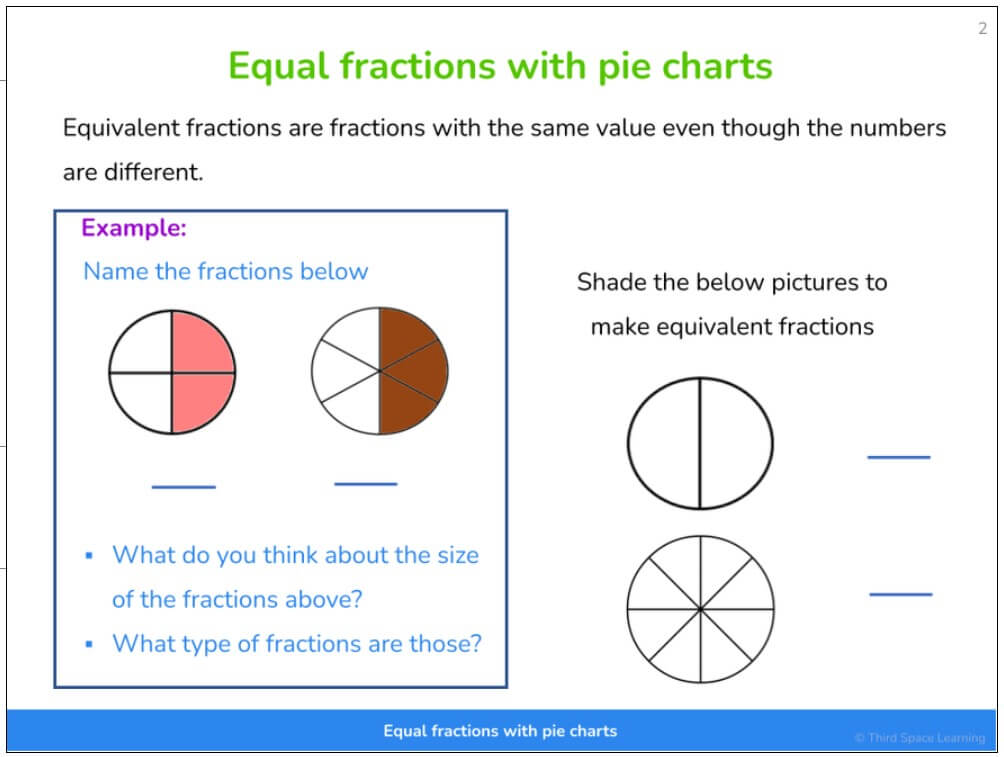
‘Fun’ and ‘engaging’ – what do they actually mean?
Before we properly get into it, how about a bit of etymology to help clear up the differences between ‘fun’ and ‘engagement’?
Fun
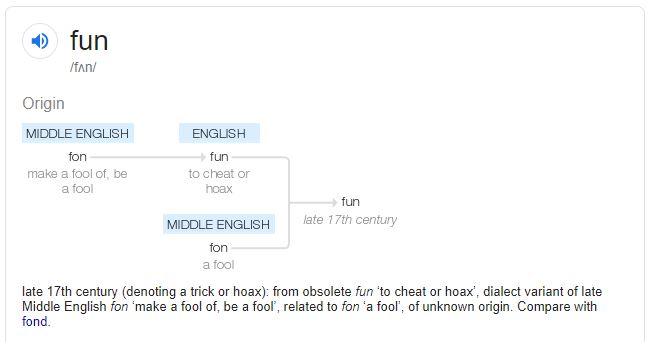
We love that the etymology of ‘fun’ leads you back to Middle-English and the idea of being hoaxed, cheated or fooled. Because in a sense, that’s what we aim to do when we design lessons with ‘fun’ as the starting point.
We aim to ‘trick’ children into enjoying the experience so much that they learn effortlessly and even without realising! It sounds like a common-sense strategy: we really want our children to be happy, and to enjoy their learning.
Some of us approach lesson-design from this angle because we’ve had it hammered into us during our teacher-training (or by our school leaders) that lessons need to be taught in a ‘fun way’ in order for learning to take place.
Engagement
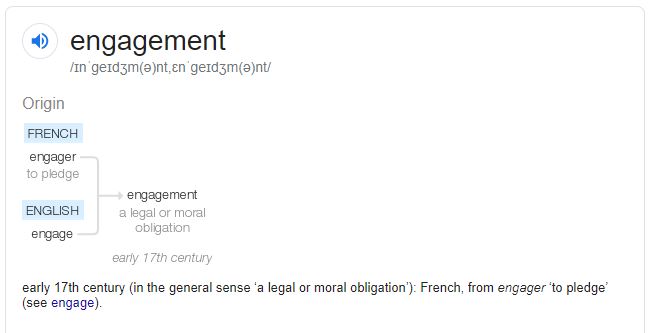
Engagement has a very different etymological background; it is to do with making a pledge or entering into a type of contract.
Well, that’s not worlds-away from where we’re heading with this. After all, engaged pupils are children who actively participate in the learning process.
They enter into the ‘deal’ the teacher is openly offering: ‘I’m going to bring this content to life for you, but you need to think about it, you need to wrestle with it and you need to work hard to remember it’. Engagement is a kind of ‘pact’ entered into by all stakeholders.
Here’s what a teacher had to say about Third Space Learning’s lessons:
“The children were all engaged throughout and were buzzing afterwards. Listening to them explain their maths to someone else was like a little window into their minds – wonderful!”
Steph Topliss, Year 6 Teacher, Petts Hill Primary School
What does a fun maths lesson end up looking like?
Fun is seen as the precursor to learning, so the tendency is for lessons to have the mathematical content ‘sugar-coated’… sometimes quite literally. Additional sensory stimuli might be used to excite or ‘hook’ the pupils.
For example, a common maths lesson idea we have seen shared online involves the teacher using sweets to teach a lesson on ratio… “For every green sweet I have one red one” (and so on).
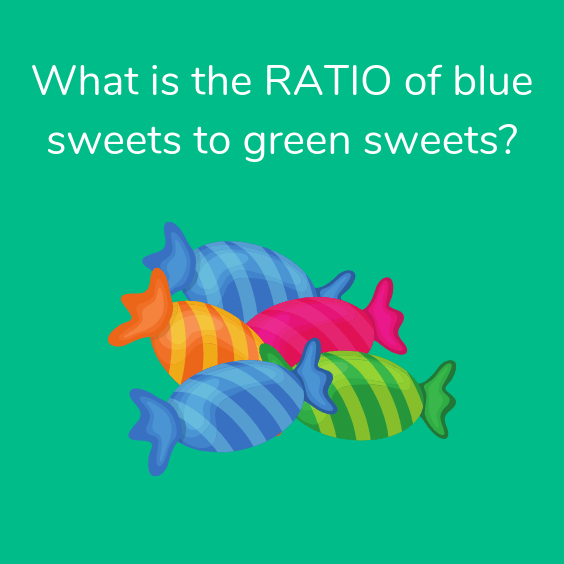
After the sweets are used to teach the concept, the children are rewarded with the exciting prospect of eating their concrete apparatus. In a ‘fun’ lesson such as this, children are often kept well-entertained; the experience is joyful and probably fairly effortless for them.
It is important to understand that it is possible to be fairly cognitively passive while having fun.
What does an engaging maths lesson look like?
Getting children to wrestle with the taught content is the primary focus of this approach. Nothing is ‘dressed up’; the content is unashamedly the main focus.
But this doesn’t mean that this approach is dull. Teacher-enthusiasm is an essential ingredient here because we need to show the children that the mathematical content is worth being excited about.
In engagement-led maths lessons, explanations are delivered with zeal and precision, and the work set is appropriately challenging (but achievable). Children aren’t allowed to be passive and will be expected to engage in the process and to work hard.
Pupils are likely to experience positive emotions in this type of lesson, but this is a by-product of having really learnt something and having been challenged.
Engaged pupils are actively thinking and participating in this lesson-design, which is hard to ‘see’ but may be reflected in their comments, their questions and the work that they produce.
“I enjoy every lesson because my maths tutor is clear and explains very well.”
Year 5 Third Space Learning pupil
‘Fun’ maths lessons or ‘engaging’ maths lessons – what’s the difference?
Clare Sealy warns against the fun-led approach, saying that ‘the medium shouldn’t trump the message’. She’s referring to the way that memories are formed when we make ‘fun’ the medium of communication.
In fun-led lessons, ‘episodic’ memories are formed. These are memories based on a particular time, place and context – for example, using sweets to learn ratios. The issue is that episodic memories are very limited in how they can be applied to future learning.
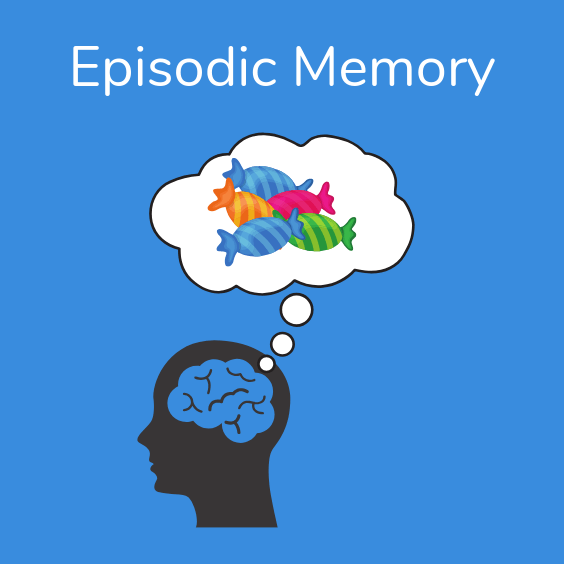
Because the content learned has been ‘tagged’ with so much sensory stimuli, you’d need to be getting the sweets back out for every future ratio lesson if you wanted the children to remember what they were taught the first time (and even then they might just remember eating sweets…)
This is not to say that the teacher’s explanations weren’t good in the ‘fun’ lesson – but the excitement generated may well have been a distraction from the key points the teacher had wanted to make.
In the engagement-led lesson-design, ‘semantic’ memories are what we’re after. A semantic memory is a type of long-term memory involving the capacity to recall words, concepts or numbers.
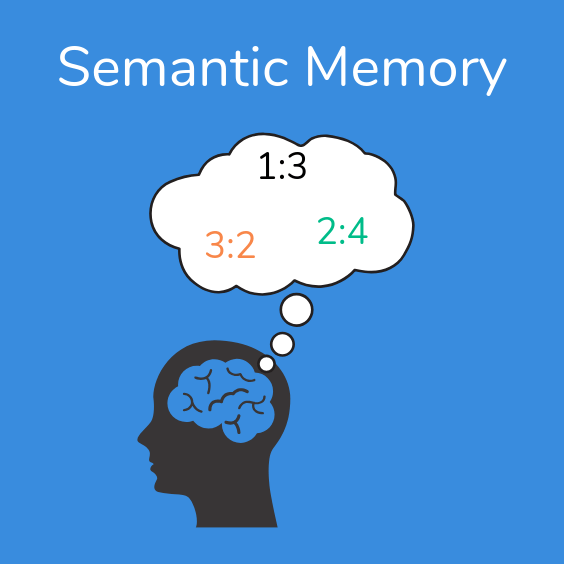
Most of the learning you have internalised throughout your life can be categorised in this way. For example, your knowledge of times-tables would be based on semantic memories.
It’s unlikely that you have a thrilling memory of the day you learned that “4 x 8 = 32” but the benefit of semantic memories is that they aren’t tagged with all that extra sensory stuff.
This means that the knowledge acquired can be easily retrieved and more flexibly applied in future situations.
As well as leading to a more favourable type of memory-formation, engagement-led lessons have other added benefits:
They reinforce the idea that the subject itself is of value.
Maths is a subject full of wonder and it’s our responsibility to model a love for the subject. When we ‘dress up’ maths with unnecessary frills, what message are we sending children about its inherent value?
It’s worth remembering that pupils’ attitudes to maths can have a profound impact on their learning.
Engagement-led lessons are a lot easier to plan for.
Instead of spending hours on thinking-up incredible ‘wow’ moments, or preparing unnecessarily complex resources, our minds stay focused on what really matters: the maths! So, more time on selecting the right questions, the right representations and the right order of the small steps we’re going to teach.
They are more inclusive.
A ‘fun’ lesson is often designed to stimulate the senses and let’s face it – that means more noise and more ‘faff’. We know that many children, including those with additional learning needs, don’t always benefit from this kind of learning environment. An engagement-led lesson can have life and vigour to it – but it’s not about creating a mad, sensory-overload scenario.
These lessons are better for behaviour.
When we go down the ‘fun’ route, children become conditioned to a culture where they expect to be entertained. This in turn means that when our ‘fun idea’ falls short, so does their behaviour. Children’s learning behaviour is better when they are truly being challenged and when they feel the satisfaction of achieving something difficult.
“It’s excellent to see how motivated our students are, they look forward to their sessions every week!”
Frances Salter, Teaching Assistant, Wilton CE Primary School, Salisbury
Looking for an engaging, pupil-focused intervention to help improve your pupils’ maths attainment?
Third Space Learning’s 1-to-1 interventions are carefully designed by primary maths specialists to foster pupil engagement and interest as well as attainment. Our tutors also undergo a programme of rigorous training to ensure they can deliver and enhance our intervention lessons, to maximise their impact.
When are mathematical games useful?
Don’t worry – we’re not calling for a ban on maths games. They can be a wonderfully creative way of reinforcing pupils’ understanding, but here are some guidelines in terms of using them effectively:
Accept that you might lose a lesson just to teaching the children the rules of the game.
It might be that the game you’re planning to share will reinforce pupils’ understanding of place value, but the first time you play it, you can guarantee some children will struggle to understand what they’re meant to be doing.
One consideration for using maths games is that it might be best to have a small handful at your disposal that you teach the children early on in the year, and that you can therefore play again throughout the year.
Lay-down some strict ground-rules.
So often in games-based lessons, the resources become a massive distraction to the children, and behaviour slips. Dice clatter across tables and onto the floor, friends fall out with each other about equipment, or arguments erupt about who won the game.
You need to know your class here and be realistic about whether the game is the best format for the children you are currently teaching. If you do use games, be straight with the children about what you will and won’t accept in these kinds of lessons.
Know that Assessment for Learning can be tricky in this lesson format.
When you’re spending most of your time ensuring the children are playing nicely, it can be tricky to watch-in and listen as much as you would like to. And even if the children are really focused, the game-format is not always easy for establishing if children really are ‘getting it’.
Be ready to stop the children at key points in the lesson to ask them questions. Share scenarios you’ve seen happening in the room and use these as effective teaching points.
Mathematical games can be an excellent tool for interventions or 1:1 work.
Because you can teach the rules of the game a lot quicker, you can then use the game as a tool to unpick gaps in their knowledge but also to build pupils’ confidence. We’ve often found in the 1:1 format that mathematical games ease pupils’ anxieties about maths.
Finally, pick your games carefully and have a clear purpose in mind.
There are some great games out there, and often the simplest ones are the best. Nrich has always been one of our favourite places to go for simple and effective mathematical games.
Looking for fun games and activities to boost pupils’ learning?
We’ve got several articles sharing teacher approved maths activities and fun maths games, including KS2 maths games, KS1 maths games and KS3 maths games for all maths topics and a set of 35 times tables games and multiplication games you’ll want to bookmark whichever year group you teach!
9 Place Value Games for KS1 & KS2
Stuck for maths games and short on time? Here are 9 of our favourite place value games to use with your class!
Download Free Now!10 ways to ensure your maths lessons are engagement-led
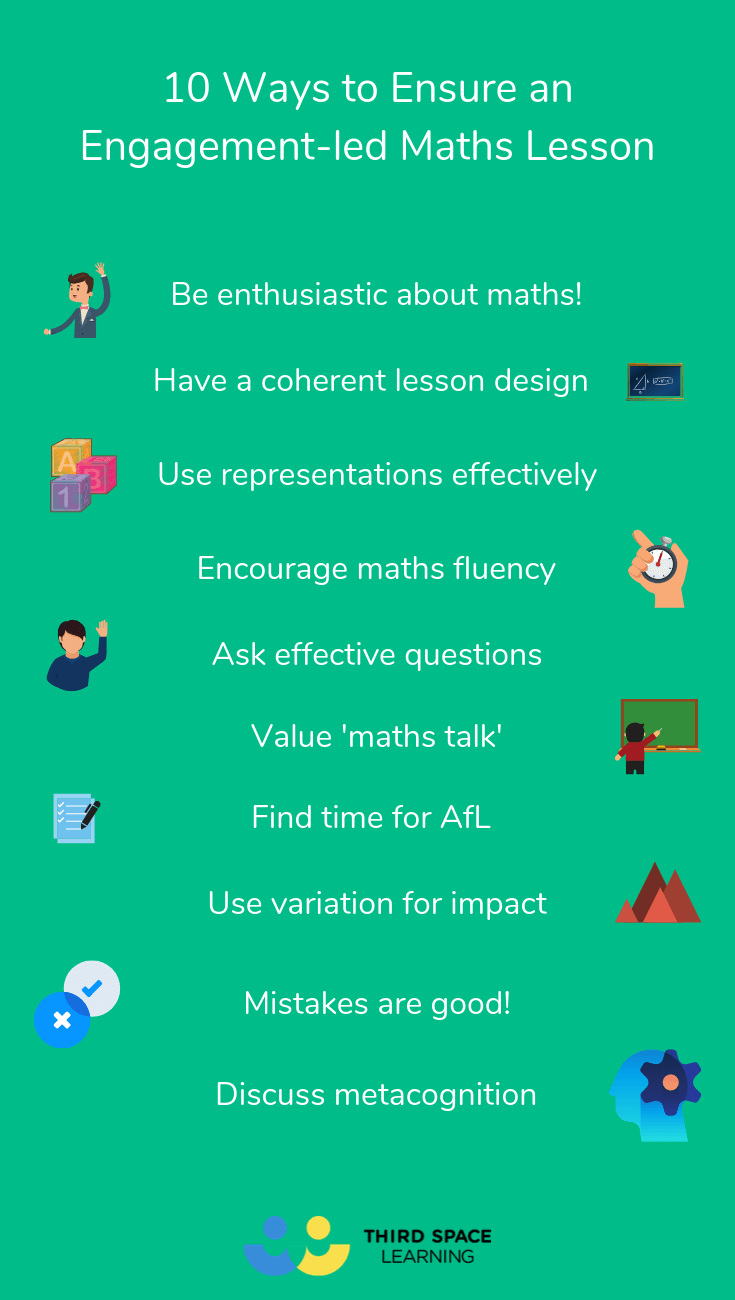
One: Be enthusiastic about the maths
It sounds obvious, but we need to deliver the mathematical content with genuine enthusiasm. If we’re not interested, why should the children be?
Two: Coherent lesson-design
We know that teaching for maths mastery means focusing on small-steps in a coherent order. By focusing on one or two key concepts and building up the complexity gradually, we raise the likelihood of all children ‘staying with us’ for the duration of the lesson.
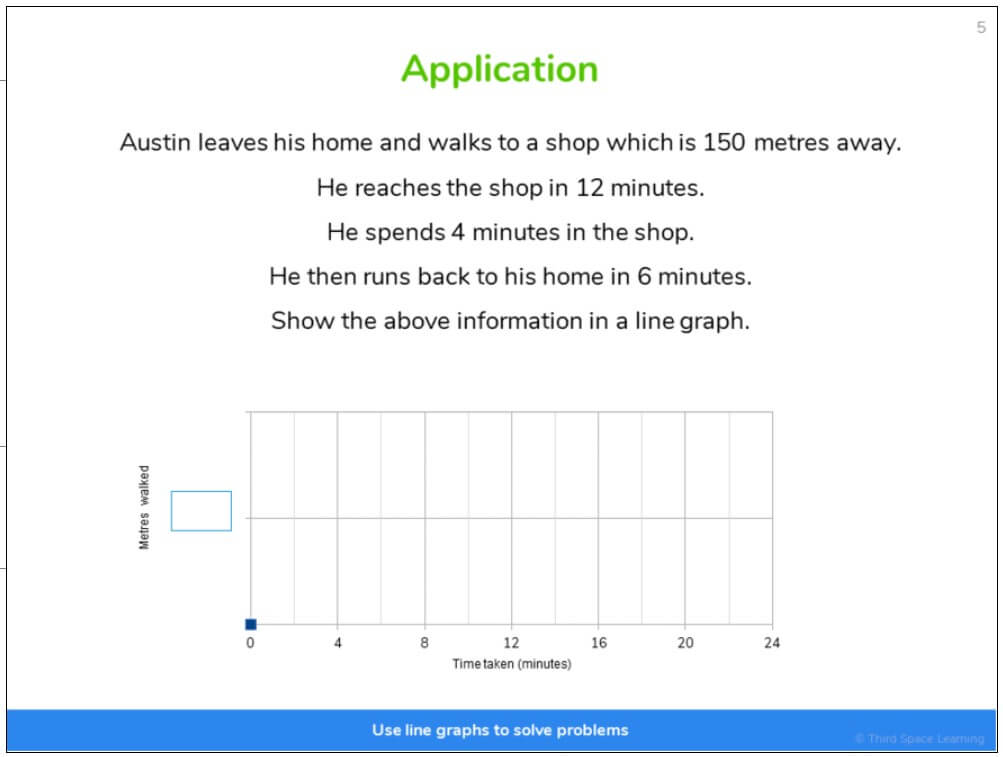
and culminate in applying what has been learnt throughout the lesson
Three: Effective use of representations
There is nothing more wonderful than seeing a child experience that ‘lightbulb moment’ in a maths lesson. If we provide the right representations for the mathematical concept being taught, then we help all children stand a higher chance of engaging with what we’re trying to explain. This applies to all age ranges!
Four: Value fluency and automaticity
We know that when children are fluent (fast, flexible and accurate) and when they know certain facts instantly, we free-up their working memories to do more. They can then get on with the stuff we really want them to do, like reasoning and problem-solving.
For more about the benefits of encouraging fluency in your pupils, try our blog on how fluency impacts on reasoning and problem solving skills.
Five: Ask great questions
Questioning is our greatest tool for engagement. It’s not always about the fanciest or most ‘open-ended’ questions. Sometimes it’s just about asking the right thing at the right time. One of our university tutors taught us that the best mathematical question is “why”. He was right!
Six: Value ‘maths talk’
We know that talk is crucial for understanding. Have you ever talked a problem through with somebody and found the solution before they could even respond?
This is the same in maths lessons – when we give children the time to discuss, we help them to refine their understanding while also giving us a great chance to address any misconceptions we hear.
Third Space Learning’s online 1-1 interventions promote talk time:
“It’s a fantastic way to get the children TALKING about their maths and explaining their thinking. Children are keen to participate in the sessions and enjoy them.”
Sara Ellis, Deputy Headteacher, Wyke Regis Junior School, Dorset
Seven: Assessment for learning
An engagement-led lesson has a simplicity about it, and this allows many opportunities for AfL. When designing your lesson, pinpoint some key times you will listen, observe or mark pupils’ work.
It might be as simple as setting pupils off on a practice-set of just a few questions in silence. While they do this, you can be whizzing around, picking up on common mistakes and tailoring the next part of your lesson in light of what you are seeing.
Eight: Use variation effectively
Variation has two elements – conceptual and procedural.
The conceptual element is to do with how we carefully develop a pupil’s ‘schema’ for a given concept. E.g. when teaching triangles, do you only ever show them examples sat on their bases?
Conceptual variation might involve presenting a range of triangles in different orientations or giving examples and non-examples and asking children to refine their definitions of what a triangle is.
Procedural variation is about how we carefully craft the order of our questions/tasks. E.g. avoid providing questions that allow children to fall into ‘lazy-mode’ where they can get the answers all right without really understanding the concept.
Each question you choose should give you an opportunity to dig-up, reveal and address misconceptions present in the classroom.
Read more: Interleaving: What Is It And How Can It Improve Memory And Learning In The Maths Classroom?
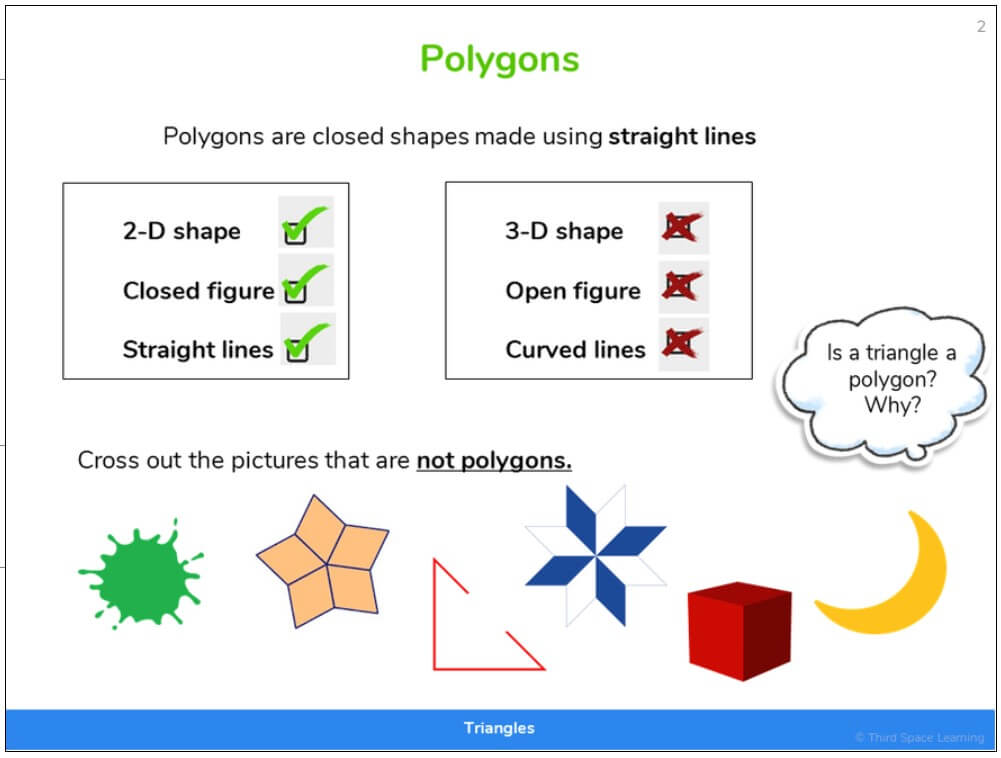
Nine: Mistakes are good!
Pupils will be more engaged in maths when they feel safe to make mistakes. Create a culture where pupils know we don’t laugh at others, and where it is safe to get things wrong. Celebrate ‘good mistakes’ and use these as opportunities for whole-class learning.
“This provides the opportunity for a large number of children to engage in bespoke maths tuition at the same time and the personalised objectives mean that everyone is working at the right level.
Jane Powell, Assistant Headteacher, Barton Seagrave Primary School, Kettering
The children are engaged throughout the session and are more willing to acknowledge their weaknesses with a stranger than they might be in the classroom with their peers.”
Ten: Discuss metacognition
For lessons to be engaging, we need children to play their part. So, make sure you talk to your children about good learning behaviours constantly. Get pupils to reflect on their successes and consider what they did to help themselves be successful. The more we can train children to be reflective about their own behaviour and thinking, the better it is for engagement.
Our blog on metacognition in the primary classroom has some great ideas to help you get started.
So, are we saying there’s no place for fun in school?!
Of course not! Every child deserves to experience joy and escapism at primary school.
Our pupils are entitled to experience opportunities beyond what they’re exposed to outside of school. But we must be honest with ourselves about the role of fun in our lessons.
Fun experiences should be valued for being just that: great experiences. But the idea that ‘having fun’ is a necessary precursor to learning is, in our view, a very harmful fallacy.
DO YOU HAVE STUDENTS WHO NEED MORE SUPPORT IN MATHS?
Every week Third Space Learning’s specialist online maths tutors support thousands of students across hundreds of schools with weekly online 1 to 1 maths lessons designed to plug gaps and boost progress.
Since 2013 these personalised one to one lessons have helped over 150,000 primary and secondary students become more confident, able mathematicians.
Learn how the programmes are aligned to maths mastery teaching or request a personalised quote for your school to speak to us about your school’s needs and how we can help.

